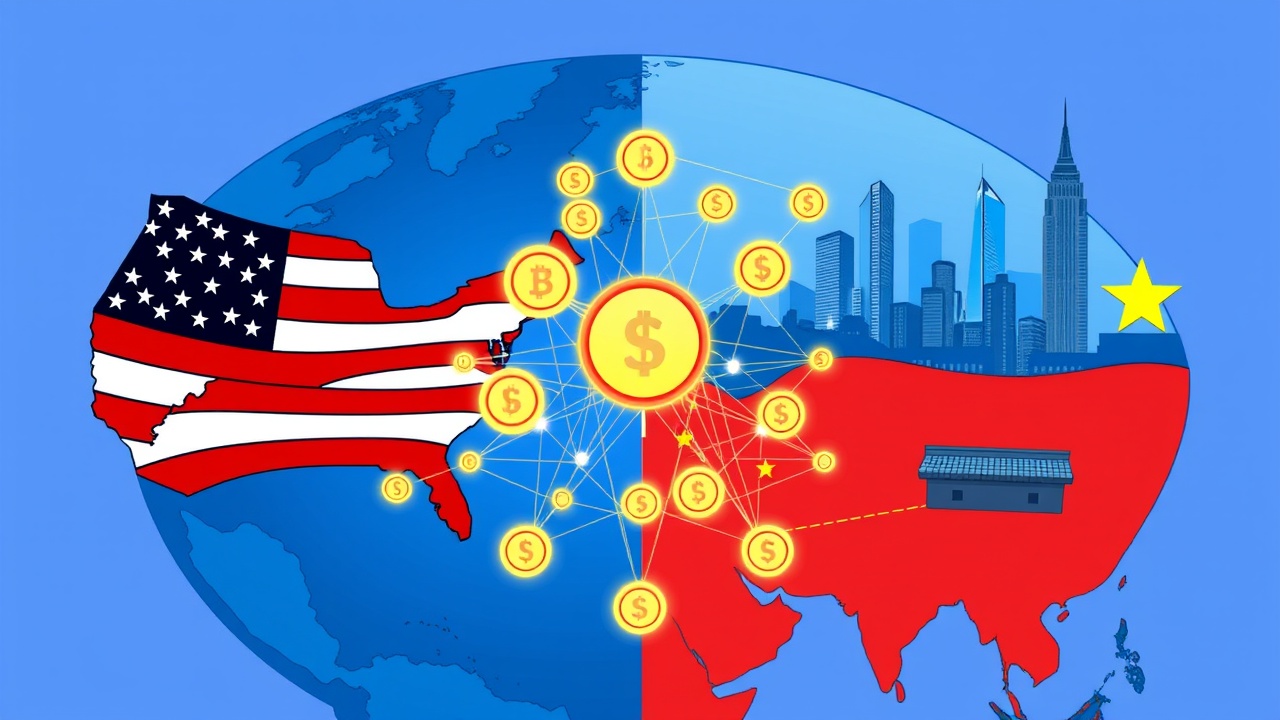Emergence of the Stablecoin Super Cycle
In a surprising turn within the cryptocurrency sector, the emergence of what Paradigm’s co-founder Matt Huang calls the “stablecoin super cycle” has sparked renewed interest among market participants. Circle’s stock, which launched on June 5, has experienced a staggering rise from $31 to nearly $298.99 within just a couple of weeks—an impressive increase that has captured the enthusiasm of investors, particularly those seeking the next big opportunity in digital assets.
Growth and Adoption of Stablecoins
Stablecoins, designed to address cryptocurrency volatility since their inception in 2014, have gained significant traction in recent years. Tether’s USDT was one of the first and remains a dominant force, maintaining a 1:1 peg with the US dollar backed by reserves of dollar-denominated assets. Their primary function is to offer stability in value, facilitating transactions without the severe price fluctuations seen in many cryptocurrencies, while still enjoying the advantages of decentralization.
The adoption of stablecoins across various financial landscapes has surged, largely in areas such as cross-border payments, Decentralized Finance (DeFi), and Real World Assets (RWA). As of June 25, 2025, the global stablecoin market value surpassed approximately $252.9 billion, with USDT commanding more than 62% of the share, while the second-leading USDC brings the combined market share to over 85%. Notably, the on-chain transaction volume for stablecoins has approached $20.2 trillion, which is nearly 40% of Visa’s transaction volume, underscoring their vital role in digital payments.
Global Competition for Stablecoin Dominance
The global race for stablecoin dominance has engaged major players from both the U.S. and China. Companies like PayPal, which has launched its PYUSD stablecoin aimed at enhancing cross-border payment solutions, are leading the charge in America. Retail giants Walmart and Amazon are also investigating their own stablecoin projects to streamline payment processes and cut costs. Meanwhile, Shopify collaborates with Coinbase and Stripe to facilitate USDC transactions for merchants in numerous countries.
Across the Pacific, Chinese enterprises are also deepening their involvement in the stablecoin arena. Subsidiaries of Ant Group are pursuing licenses in Hong Kong, with JD.com planning to issue stablecoins pegged to the Hong Kong dollar by late 2025. Both companies see Hong Kong as a hub for nurturing compliant digital transaction opportunities.
The simultaneous movement from Chinese and American corporations indicates not merely a trend but a calculated strategy aimed at capturing a stake in a rapidly evolving market. The existing financial frameworks struggle with the inefficiencies and costs tied to cross-border transactions. Stablecoins present a solution that bypass intermediaries, allowing near-instant fund transfers at significantly reduced fees—this utility is especially relevant for both retail consumers and businesses looking for effective payment solutions.
Implications for Global Monetary Dynamics
In tandem with this technological evolution are important implications for global monetary dynamics. U.S. Treasury Secretary Benson has indicated that dollar-pegged stablecoins could be a strategic asset, reinforcing the dollar’s dominance in international finance. On the legislative front, the U.S. has begun shaping a regulatory structure with the enactment of the Genius Act, aimed at providing a framework for dollar-based stablecoins to ensure transparency and consumer safety.
Conversely, in response to the evolving landscape, China’s regulatory strategies are unfolding as well, particularly through the launch of digital RMB initiatives and tests conducted in Hong Kong. The difference in approach underscores China’s efforts to explore internationalization through regulated frameworks while also answering challenges posed by evolving technologies in finance. Chinese officials suggest that efforts such as the new Stablecoin Ordinance set to take effect in August highlight the importance of a regulated path forward for stablecoins in Hong Kong.
Conclusion
As the distinction between traditional finance and the burgeoning digital finance space blurs, stablecoins are set to play a crucial role in global payment systems, aiming to facilitate faster transactions and improve overall capital flow. The implications of their rise are not just about improved efficiency; they also hint at a shift in power dynamics within the global financial order, as both the U.S. and China are vying for digital supremacy.




